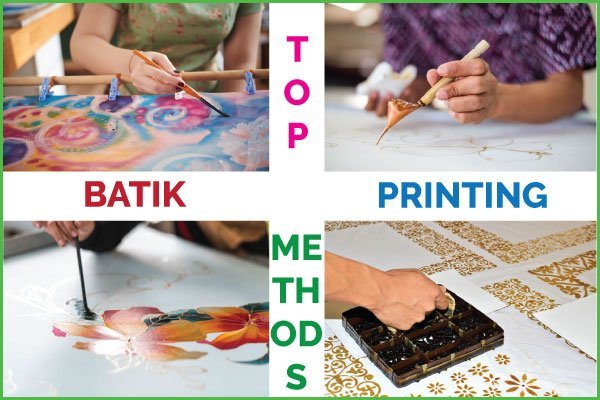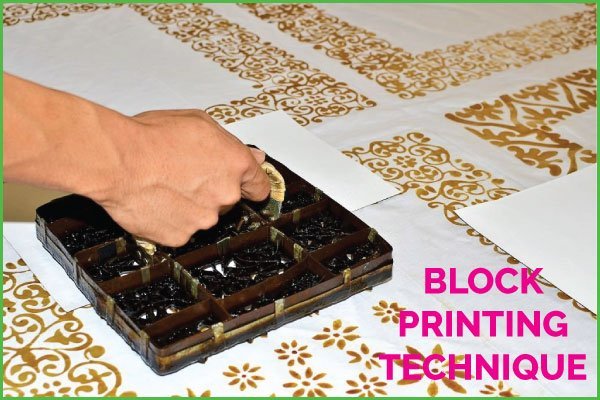One-Bath Two-Stages Dyeing of PC Blend With Disperse-Reactive Dye
Usually, this method is used for dyeing of knit fabric and yarn in winch, Jet, beam or package dyeing machine. In this method, the polyester part is dyed first with disperse dyes and then dye ….. Read More


![Continuous Dyeing Method [Thermosol]](https://textileapex.com/wp-content/uploads/2015/02/thermosol-dyeing-machine.jpg)



